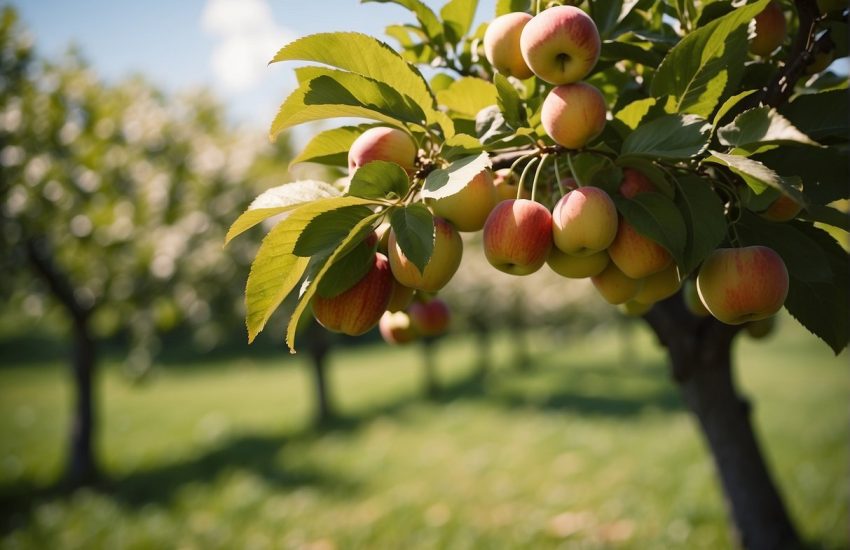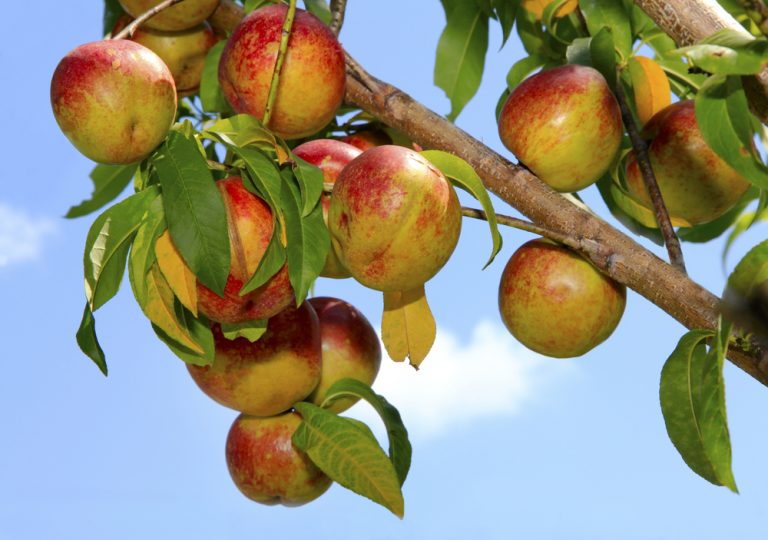6 Best Citrus Trees To Grow In Bay Area
There is a possibility of growing citrus in the Bay Area. Although most types of citrus trees can be grown around San Francisco, the cooler climate requires that citrus trees receive more care than those grown in warmer climates.
Citrus varieties such as lemons and limes do particularly well in the metropolitan area owing to their abundance of sunshine.
If you know what you are doing, growing citrus trees and having a steady crop of delicious fruit all year round is relatively simple.
In this article, we will take a look at the most durable types of citrus trees to plant in the Bay Area, when to plant them, and how to protect them from extreme weather conditions.
There is no doubt that California is known for its abundance of citrus fruits, but it is important to be careful when choosing what type of citrus to grow in the San Francisco Bay Area.
That is because citrus is generally a warm weather crop that requires a lot of sun and warmth. Due to the fact that citrus trees convert sunlight into sugars through photosynthesis, the fruit is sweet due to the process.
Because Bay Area temperatures are a bit cooler than other parts of the state and frequent fog can obscure the sun in the area, you will want to make sure that the trees you choose to plant will be able to withstand the climate. Fortunately, a number of citrus varieties can grow well in the San Francisco area and surrounding area.
Smith Red Orange
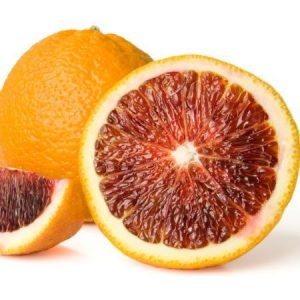
Smith Red Oranges are among the most unusual and flavour some citrus fruits.
Upon peeling this fruit, you may be tempted to think that you are about to consume a blood orange because of its rich, red flesh.
Unfortunately, this is not the case. Smith Red oranges actually contain the juice of Valencia oranges, which are known for their sweet taste and juicy texture.
In fact, Smith Red oranges are some of the sweetest oranges you can get.
These oranges are ideal for cold climates since they grow well in the cold.
The Smith Red orange is known as one of the most cold-hardy orange varieties because it thrives in cooler conditions.
This is because the fruit becomes even sweeter in cooler winter weather conditions. If it freezes, then you’ll still need to bring it inside, however you will not have to worry about your tree freezing to death during a sudden cold spell.
It promises to be a good harvest this time. The Smith Red produced fruit in late winter, unlike most valences, which produce fruit in the spring and summer.
The firm peel keeps the fruit on the branch fresh for a very long time, so you can pick the oranges all the way until the spring.
In just a few weeks you can expect to have a harvest of 20 pounds of fruit. This will be after the second or third year. Remember that if you run out of room in your refrigerator, your friends and family will be delighted to receive the gift of these unique and flavorful oranges.
Pink Variegated Eureka Lemon Bush

If you are looking for the most unique citrus tree available, then you have come to the right place.
Green-and-yellow striped skin on this Pink Variegated Eureka Lemon, along with striking pink flesh, will surely capture the attention of any gardener.
In time, the fruit matures into a yellow-skinned lemon with a pinkish tinge that still remains even as it ripens.
The Pink Variegated Lemon Bush, because of its aromatic citrus flavor and beautiful appearance, is one of the types of citrus trees grown the most at home.
Surely you know what one of the major benefits is? You can grow it to maturity and make the fruit within one year, and you can have it ready in 30 days if you wish to.
A strain of Pink Variegated Eureka Lemon Tree, this bush is an even smaller version of the Pink Variegated Eureka Lemon Tree, which is why its compact size makes it a good choice for landscapes and containers.
Ponderosa Lemon
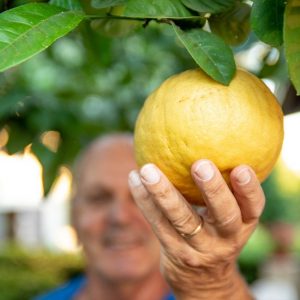
Known for producing large lemons, the Ponderosa Lemon is a tropical hybrid.
Citrons and traditional lemons bred together, Ponderosa Lemons can reach the size of grapefruits, weighing 1 to 2 pounds each.
This magnificent tree produces lemons all year long, although it is most productive in late spring and early summer.
You can expect your tree to reach a height of 24 feet if planted outdoors in zones 9-11.
It is possible to grow these lemons indoors, even if you live outside of those zones.
You should set the container in front of a window with lots of sunshine if you want the tree to grow well. Just imagine how many lemons you would have whenever you wanted! All year long, you’ll have plenty of giant fruits to pick.
Minneola Tangelo Tree
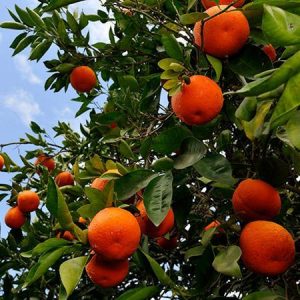
Easy to grow in your garden or on your patio, the Tangelo Tree is a must-have for anyone who wants a mini orchard of their own.
Moreover, it is a reliable producer who gives you lots of sweet, juicy fruit all on its own.
A favorite snack, its easy-to-peel fruit is easy to peel. We’ll provide you with this fresh, home-grown snack without the hassle since our Tangelo thrives in a variety of planting environments for a delicious, organic taste.
Thus, if you enjoy eating tangerines and grapefruits, this tree is for you.
Tangelo Trees offer both sweet and refreshing tastes, along with the convenience of being seedless.
Not only that, but they’re also juicier and more flavorful because they’re a hybrid of both fruits.
Hardy Orange Tree ‘Flying Dragon’
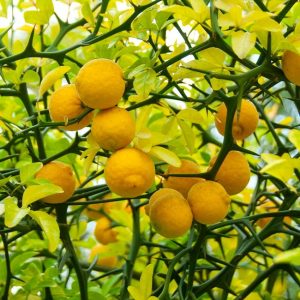
Hardy orange trees, or Flying Dragon Trifoliate Orange Trees, are exotic fruit trees.
It appears as though the plant is flying like a dragon due to its twisted stems and clawlike thorns.
The Flying Dragon is also easy to grow. Despite its rarity and exotic appearance, Hardy Oranges thrive in containers, even when pruned in bonsai fashion.
When its large thorns are exposed in the winter, this tree has a wicked-like appearance.
But when it blooms in the spring, it turns into a soft and fragrant tree.
Calamondin Orange Tree
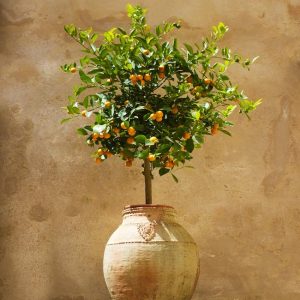
You won’t find anything like the Calamondin Tree: With fruit that’s a cross between a mandarin and a kumquat, this “mini-orange,” as it’s called, is delightful.
Calamondin trees can be grown in containers or as a hedge. In colder climates, move them indoors during winter months or cover them with a sheet to protect them during chilly weather.
The yellow-orange fruit of the Calamondin Tree is about the size of a lime or tangerine, but has a thinner skin than most oranges, which makes it a delicious citrus fruit for marmalades, juicing, cooking, and baking.

